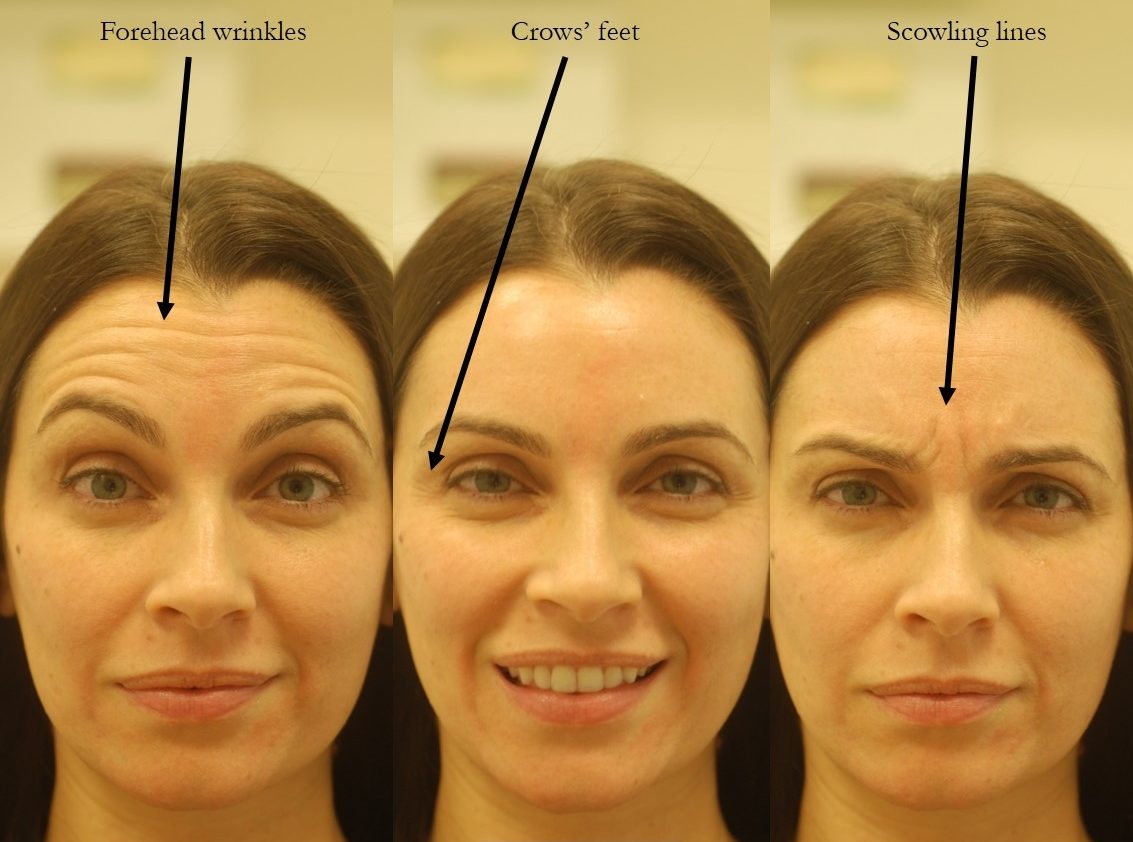
It doesn’t freeze your face unless it’s used the wrong way
Botox has a reputation. People assume it erases all movement. That it stiffens. That it hides emotion. But the truth is quieter. Botox softens motion. It doesn’t erase it entirely—unless it’s overdone. When placed well, in the right amounts, it keeps your expression. Just without the creasing that comes with it.
You can still raise your brows. Smile. Frown. You just do it without folding the skin so hard. That folding is what turns into fine lines over time. Botox tells the muscle to relax—not shut down.
The goal isn’t to stop feeling. It’s to stop wearing every feeling across your forehead.
Your face still moves—just not with the same intensity
After Botox, your expressions don’t vanish. They quiet. Your brow doesn’t jump up at every surprise. Your frown doesn’t pull as sharply when you concentrate. But your reactions still show. They just don’t mark your face.
People will still know when you’re confused. Or amused. Or concerned. You’ll still speak with your eyes, your tone, your posture. Botox doesn’t mute your voice. It just softens the lines that were becoming permanent.
And in many cases, no one will notice you had anything done.
Placement is what protects expression—not just dosage
A heavy hand in the wrong spot can cause issues. A brow that doesn’t lift. Eyes that feel tight. That’s not a problem with Botox—it’s a problem with how it’s used. A good injector studies how your face moves. Watches your natural reactions. Decides where to soften. Where to leave motion.
Sometimes that means leaving certain areas untreated. Sometimes it means using smaller doses across wider areas. Precision matters. Because Botox is more art than eraser.
Expression lives in muscle—but also in restraint.
Areas like the eyes and forehead require careful balance
Crow’s feet can be softened without erasing your smile. Forehead lines can be quieted without flattening your whole brow. But those outcomes depend on someone watching your face closely. Seeing how you move. How you rest. How you want to feel.
Over-treating the forehead can drop the brows. Under-treating can leave uneven results. The sweet spot is different for every face. That’s why Botox isn’t just a procedure—it’s a conversation.
Expression isn’t lost when treatment is tailored.
Long-term use doesn’t mean losing yourself
People fear they’ll forget how to move their face. That Botox will erase their personality. But the muscles remain. They still work. They’re just used less. And if you stop using Botox, everything returns. Slowly. Naturally.
You won’t look worse. You won’t age faster. Your expressions won’t be gone forever. They’ll come back as the product fades. Botox is temporary. The effect lasts three to four months. Then your face resumes its old habits—if you let it.
It’s a pause, not a rewrite.
Some people actually feel more expressive—not less
When fine lines disappear, confidence grows. People stop avoiding eye contact. Stop worrying about how their face looks mid-sentence. They feel smoother. Not fake—just relaxed.
That freedom changes how you carry yourself. You smile more. Speak more clearly. Lean into joy without the distraction of how your skin reacts. Botox doesn’t give you someone else’s face—it helps you feel comfortable in your own.
That’s a kind of expression you don’t measure in muscle movement.
The goal isn’t perfection—it’s presence
You don’t get Botox to erase who you are. You get it to show up more fully. Without the tired crease between your brows. Without the distraction of lines you never meant to make. You still feel everything. You just don’t imprint it the same way.
Expression lives in your tone. Your eyes. Your gestures. Botox doesn’t take that away. It gives your skin room to breathe while you feel.
The result isn’t stiff. It’s soft. Calm. Clear.
